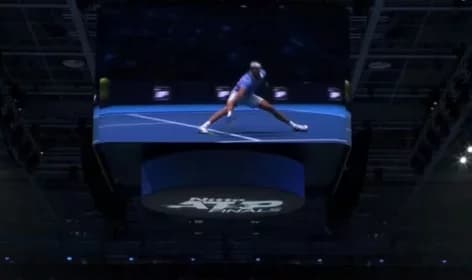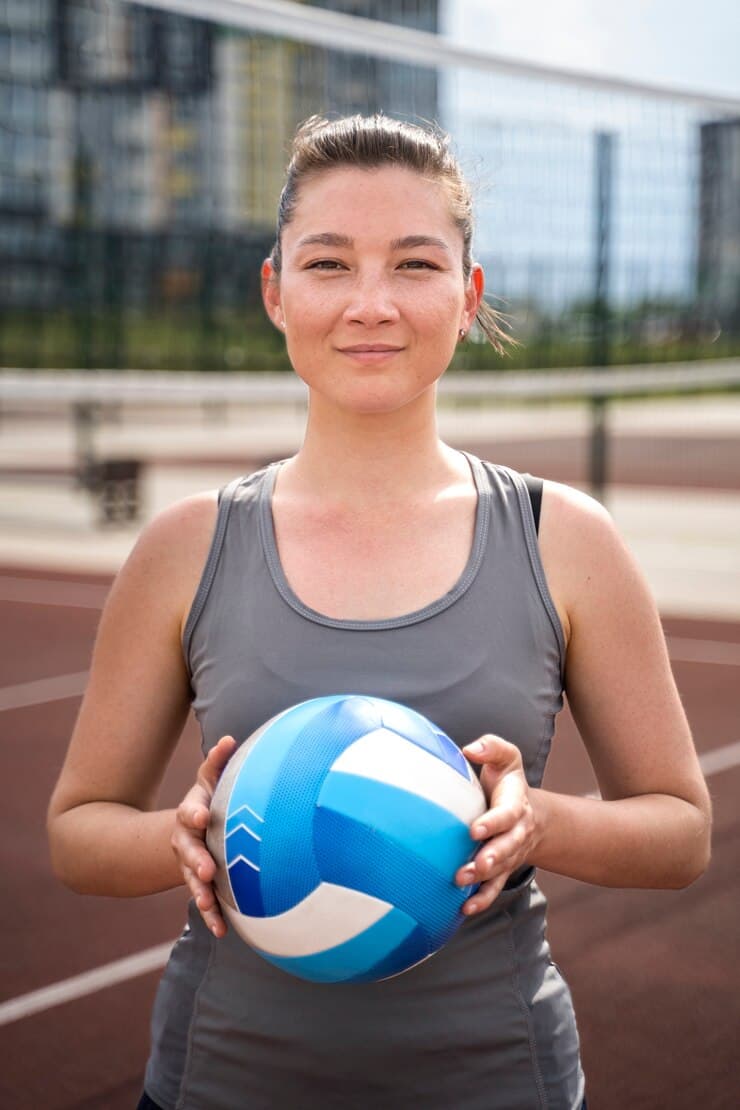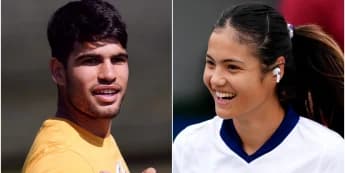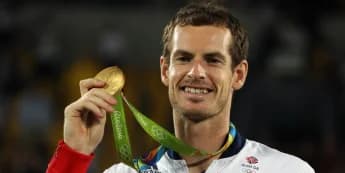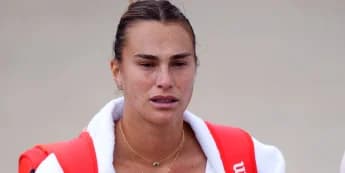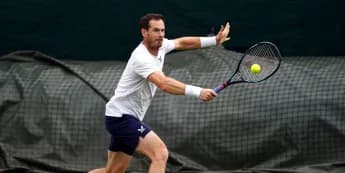"In a gripping ATP Finals showdown, Alexander Zverev navigates the high stakes of technology and tension as VAR drama unfolds during a pivotal moment against Taylor Fritz, illuminating the balance between fairness and flow in tennis."
The ATP Finals semi-final match between Alexander Zverev and Taylor Fritz captured the attention of the tennis community, not for its thrilling exchanges but for a dramatic interruption where VAR became the focal point. This incident underscored both the advantages and shortcomings of contemporary technology in sports, as Zverev endured a protracted review process to challenge an umpire's controversial 'not up' decision, putting to the test not only his determination but also the patience of the crowd at Turin’s Inalpi Arena.
At the beginning of the second set, as Zverev sought to recover from his loss in the first set, a controversy arose. During a fast-paced exchange, Fritz compelled the German player to dash to the net for a precise return. The chair umpire, Adel Nour, determined that Zverev did not make contact with the ball before its second bounce, awarding the point to Fritz.
Determined not to back down, Zverev promptly requested a video review—a component that has introduced an additional layer of fairness to the ATP Finals, although it has also received criticism due to associated delays.
What ensued was a prolonged period of tension. The crowd became impatient as officials attempted to find a clear angle, a delay that commentator Jonathan Overend cleverly referred to as “unneeded friction in an otherwise smooth system.” Laura Robson, providing commentary insights, remarked, “All we require is one clear side view to clarify this. Instead, we are left waiting.”
As the tension increased, Zverev sat down on the advertising boards, an uncommon yet understandable display of frustration. The crowd began to voice their discontent, whistling as the minutes passed. When the video replay was finally shown, it did not provide clear evidence at first. However, a later angle distinctly revealed Zverev making the return in time, prompting Nour to reverse his original decision.
The announcement brought cheers from Zverev and playful laughter shared between the two competitors. Even Fritz, who appeared less than impressed, couldn’t help but muster a wry smile at the unfolding drama. “After all that, let’s replay the point,” Nour announced to the audience, solidifying the moment as a quintessential example of VAR-related excitement.
Although Zverev ultimately secured the replayed point and soon after obtained his first break of the match, the incident reignited discussions surrounding the use of technology in tennis. Former British No. 1 Tim Henman, who was present courtside, voiced his opinion, emphasizing the need for speedier resolutions. “The overturned call highlights the importance of VAR, but the process must be expedited. Delays like this disrupt the flow for both players and spectators,” he remarked.
Even with the setback, the system's capability to rectify mistakes highlighted its significance. Nonetheless, the necessity for improvement is evident. Situations like this emphasize the delicate balance that tennis must achieve between maintaining the rhythm of the game and guaranteeing its fairness.
The incident tested Zverev's patience and professionalism. In a contest where every point counts, his capacity to regain focus and continue after the interruption highlighted why he is viewed as one of the sport’s toughest competitors. Similarly, Fritz maintained his composure, making sure that the episode did not detract from his performance.
As things calm down, discussions are turning to the wider effects of VAR in tennis. For the moment, Zverev’s determination and the eventual success of the system stand as a reminder that, despite technological shortcomings, fairness ultimately prevails.

